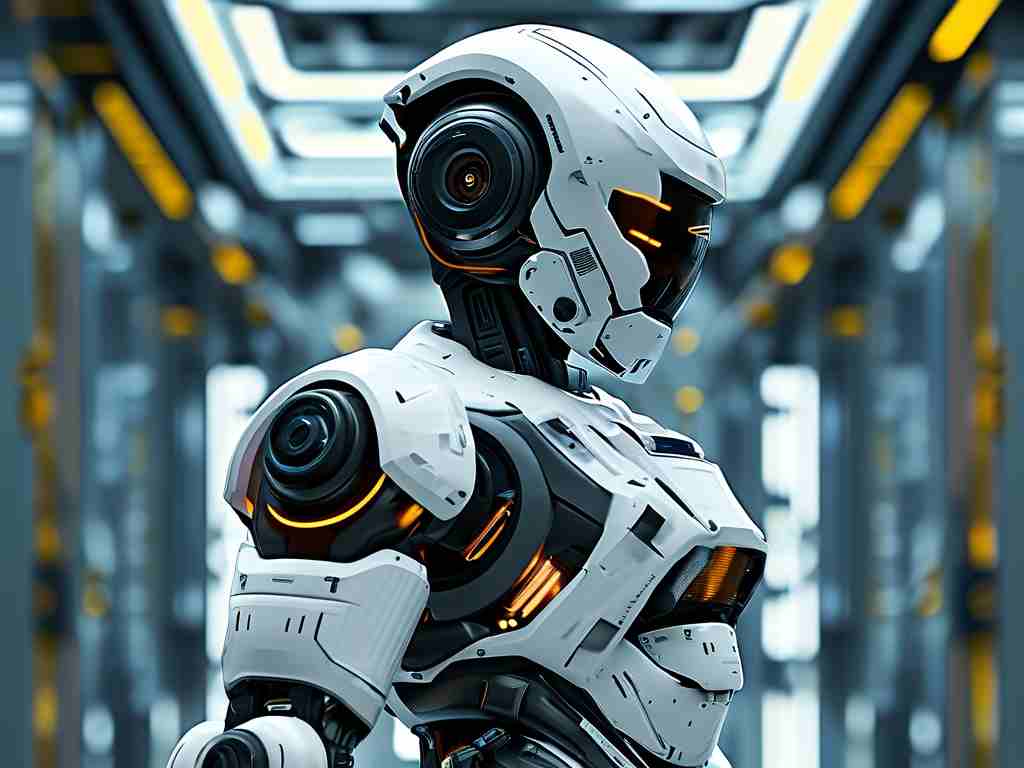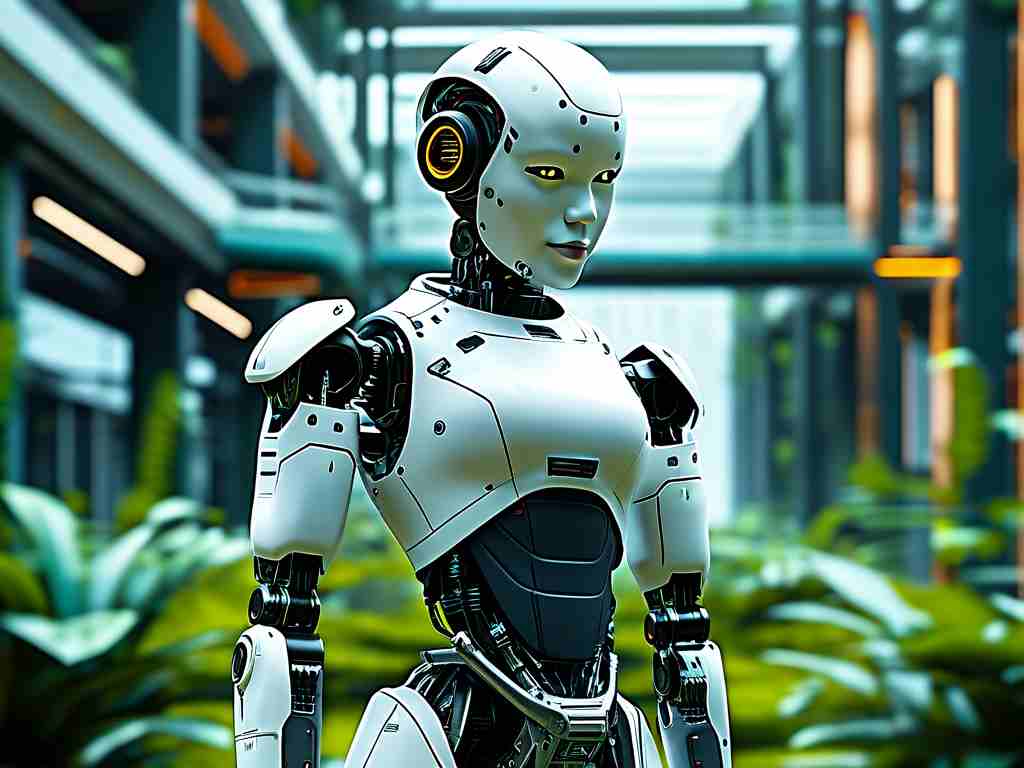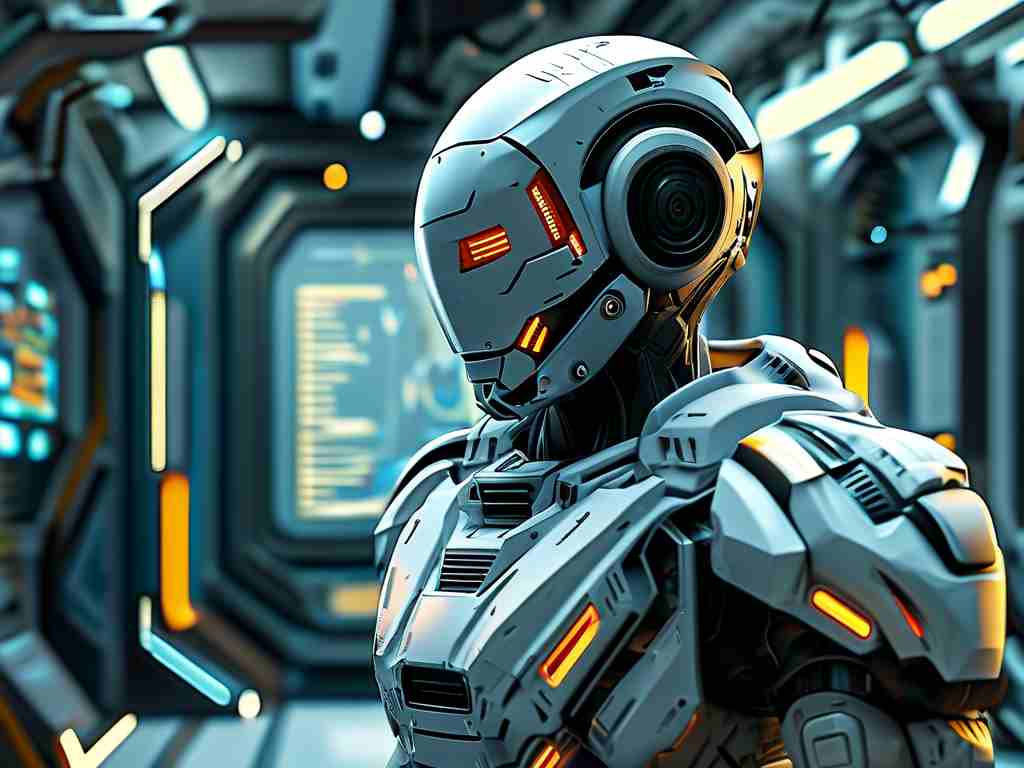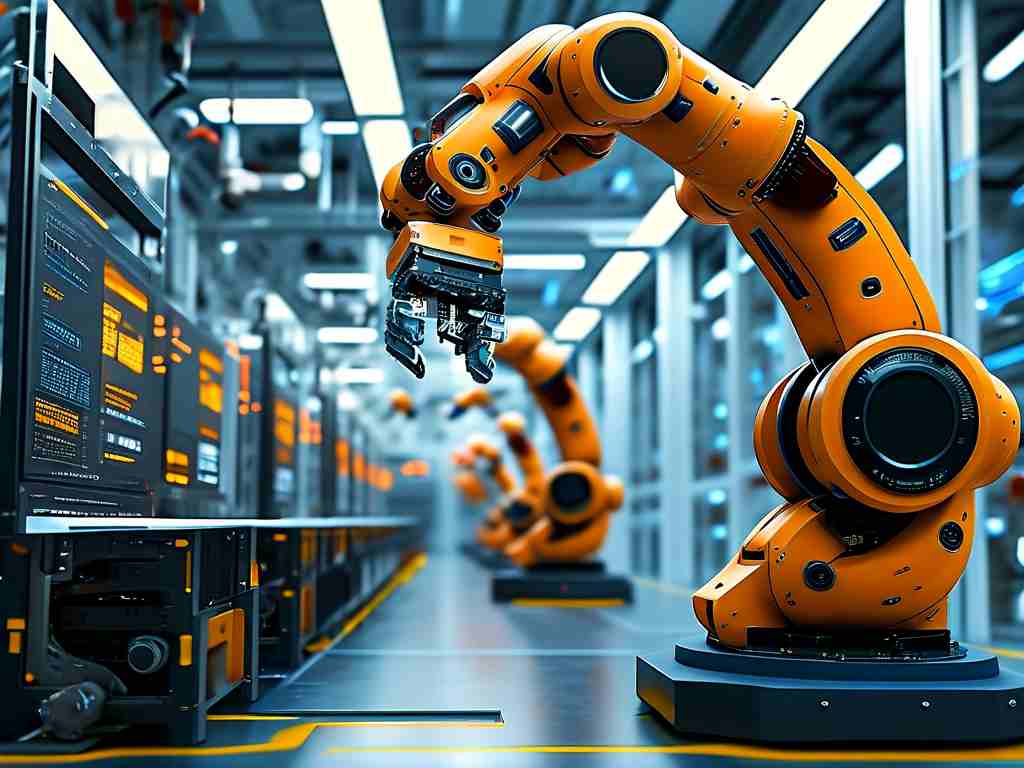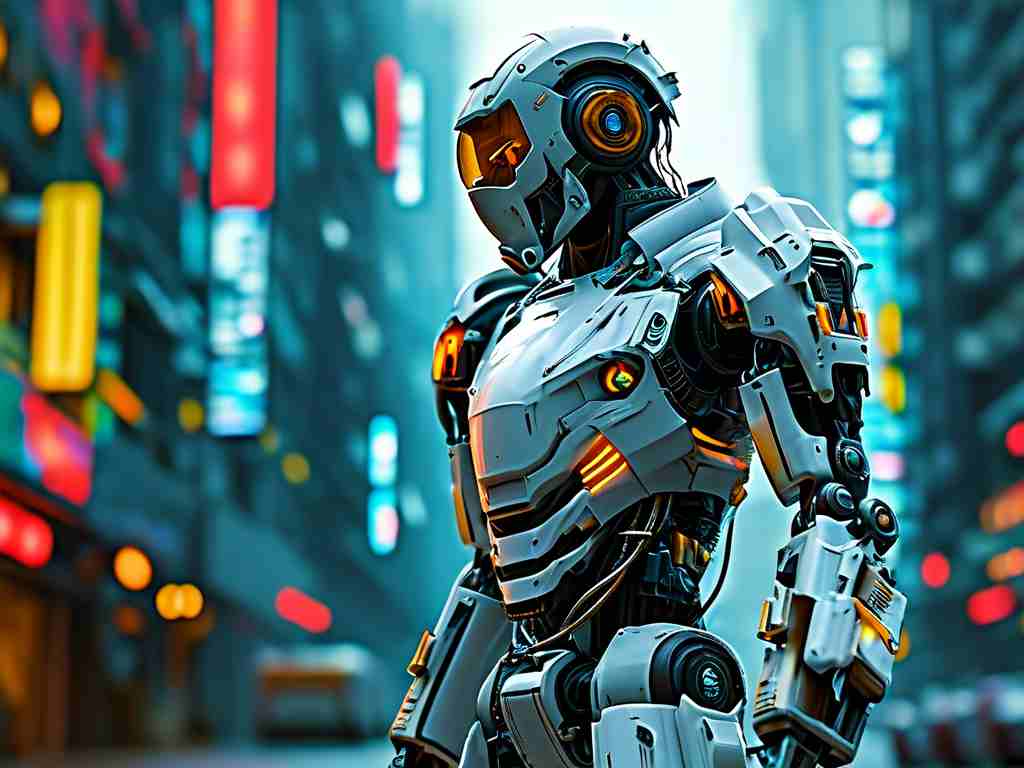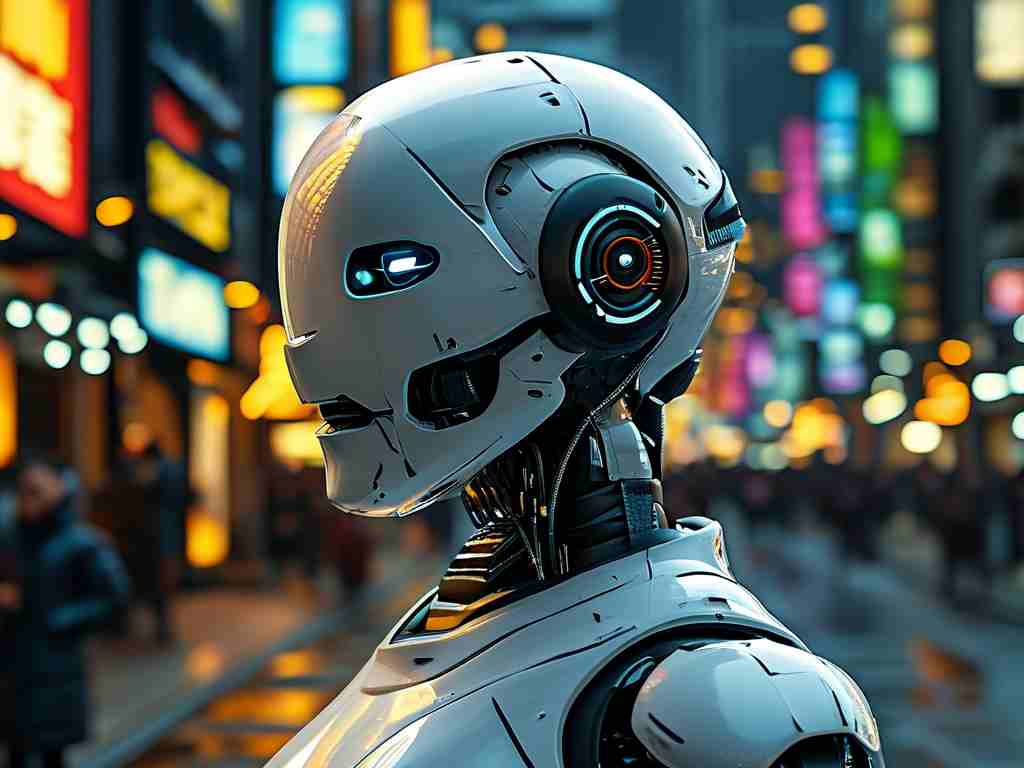The development of advanced computerized robotics systems demands rigorous technical specifications to ensure optimal performance across industrial, medical, and consumer applications. These machines combine hardware precision with intelligent software architectures, requiring multidisciplinary expertise to address evolving challenges in automation and artificial intelligence integration.

At the core of modern robotic systems lies the imperative for adaptive machine learning frameworks. Neural networks must process real-time sensor data with sub-millisecond latency while maintaining energy efficiency. For instance, autonomous manufacturing robots utilize convolutional neural networks (CNNs) to identify defective components on assembly lines, achieving 99.3% accuracy in recent benchmark tests. Developers often implement hybrid architectures like TensorFlow Lite Micro for edge computing scenarios, balancing computational load between onboard processors and cloud resources.
Motion control systems represent another critical technical pillar. High-torque servo motors paired with harmonic drive mechanisms enable micron-level positioning repeatability, essential for surgical robots performing delicate procedures. A recent breakthrough involves piezoelectric actuators achieving 0.05-arcminute resolution in joint movements, revolutionizing microsurgery applications. Engineers must concurrently address thermal dissipation challenges through advanced cooling solutions, such as phase-change materials integrated into actuator housings.
Sensor fusion architectures constitute the third foundational requirement. Lidar, millimeter-wave radar, and stereoscopic vision systems combine through Kalman filtering algorithms to create robust environmental models. Autonomous delivery robots exemplify this integration, processing 2.5 terabytes of spatial data daily while navigating dynamic urban environments. Emerging standards like IEEE P2020 for automotive vision systems now influence robotic perception frameworks, emphasizing standardized metrics for low-light performance and motion blur compensation.
Energy management systems present persistent design challenges. Next-generation lithium-sulfur batteries with graphene anodes now achieve 500Wh/kg energy density, doubling previous benchmarks. For solar-powered agricultural robots, perovskite photovoltaic cells reach 33% conversion efficiency under diffuse light conditions. Power distribution networks increasingly adopt superconducting materials at cryogenic temperatures, reducing transmission losses by 40% in prototype humanoid robots.
Interoperability standards form the connective tissue of robotic ecosystems. The Open Robot Control Architecture (ORCA) framework enables seamless integration of components from multiple vendors, while ROS 2 (Robot Operating System) implements DDS middleware for deterministic communication. Recent ISO/TC 299 updates mandate compliance with functional safety standards SIL 3 and PL e for collaborative robots operating near human workers.
Cybersecurity protocols have emerged as non-negotiable requirements. Quantum-resistant encryption algorithms like NTRU Prime now protect robotic control channels, with intrusion detection systems analyzing network traffic patterns at 400Gbps throughput. A 2023 study revealed that robots implementing hardware-enforced memory isolation reduced malware infection rates by 78% compared to software-only solutions.
Material science innovations continually redefine robotic capabilities. Self-healing polymer composites repair microcracks through thermally activated molecular recombination, extending service intervals for underwater exploration drones. Meanwhile, 4D-printed metamaterials with programmable stiffness gradients enable reconfigurable grippers that adapt to irregular objects without manual adjustment.
Ethical implementation frameworks are becoming technical prerequisites. The IEEE Global Initiative on Ethics of Autonomous Systems mandates algorithmic transparency through explainable AI (XAI) modules. Medical robots now incorporate ethical decision trees validated by multidisciplinary review boards, particularly for end-of-life care scenarios requiring complex value balancing.
As these technical requirements evolve, cross-industry collaboration accelerates innovation. The convergence of 6G communication, neuromorphic computing, and biohybrid interfaces promises to overcome current limitations in robotic autonomy and adaptability. Future systems may integrate synthetic biology components, such as DNA-based storage for catastrophic failure recovery, fundamentally redefining what constitutes a "robot" in the coming decades.
Developers must maintain rigorous verification protocols throughout the product lifecycle. Digital twin simulations now validate robotic systems against 15 million virtual scenarios before physical prototyping, reducing development cycles by 60%. Continuous integration pipelines automatically test firmware updates across heterogeneous hardware configurations, ensuring compliance with safety-critical standards.
The technical landscape for computerized robotics remains dynamic, demanding perpetual innovation across materials, algorithms, and system architectures. Success in this field requires not only engineering excellence but also proactive engagement with evolving regulatory frameworks and societal expectations surrounding autonomous technologies.


